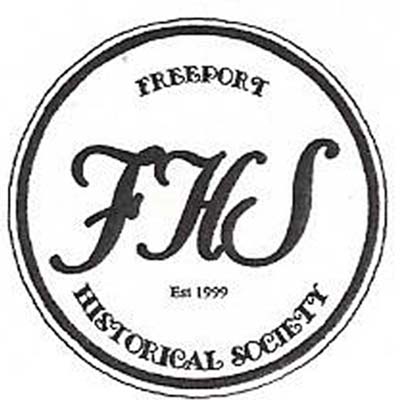 **Walking into the Freeport Museum is like a visit your long ago ancestors. The yellowed photographs could be your grandmother or great-grandmother, wearing the dresses and the hairstyles that were the fashion of the day.
**Walking into the Freeport Museum is like a visit your long ago ancestors. The yellowed photographs could be your grandmother or great-grandmother, wearing the dresses and the hairstyles that were the fashion of the day. 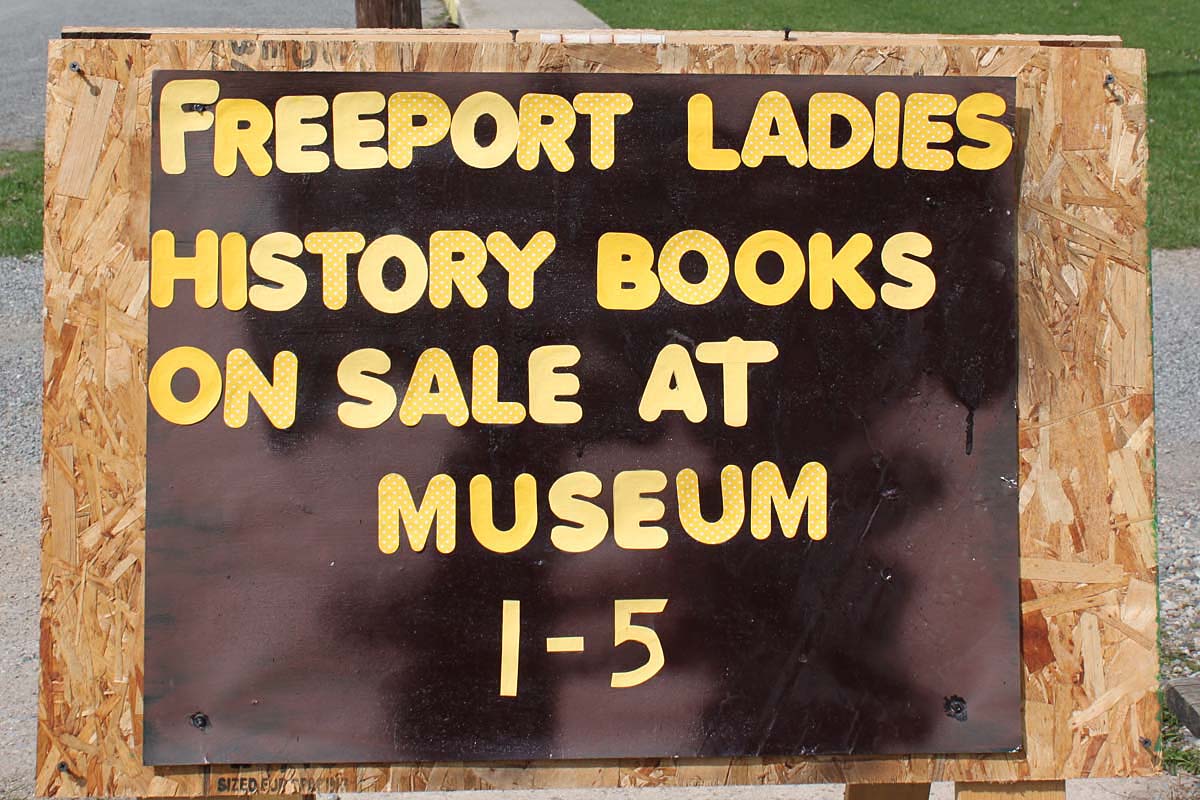
Babies were overdressed in their Sunday best for photographs and dads and brothers were proud to stand with their co-workers in front of where they worked for a living. Students posed in front of their school houses with their teachers. It seems no one smiles in the photos and even those holding babies, who you assume are theirs, look older and worn out.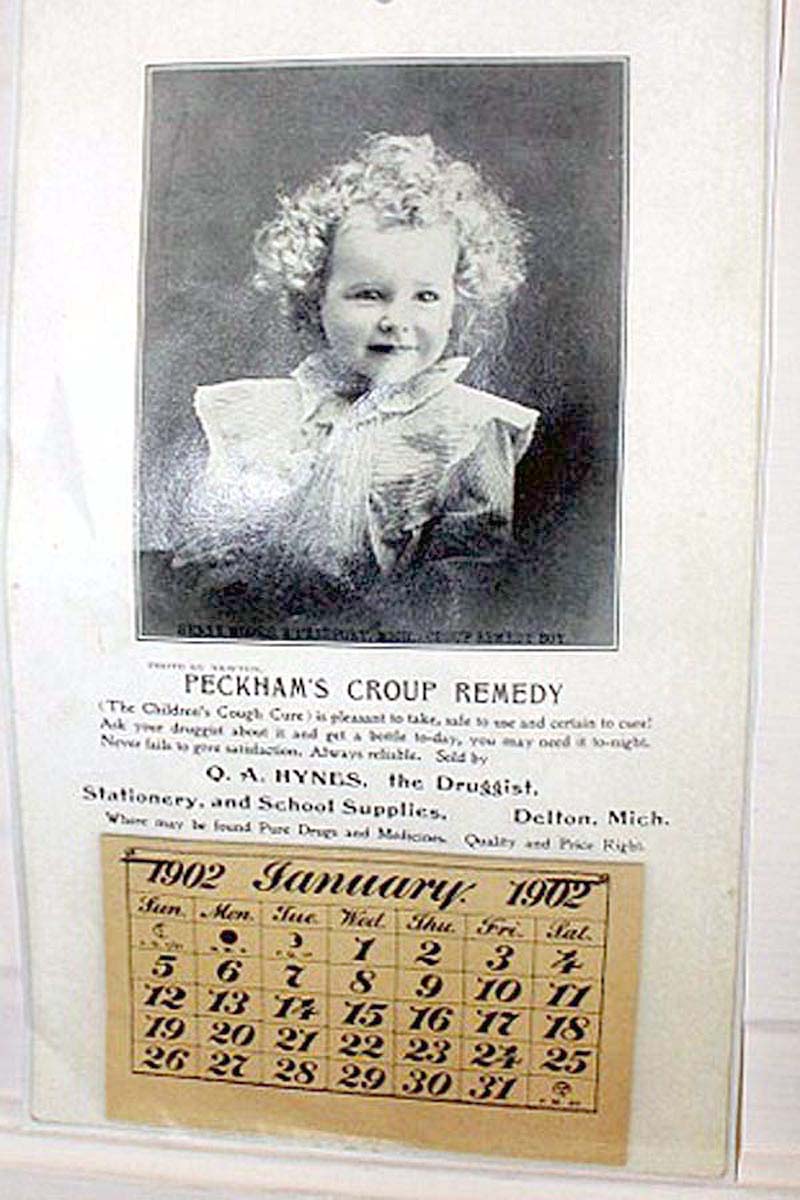
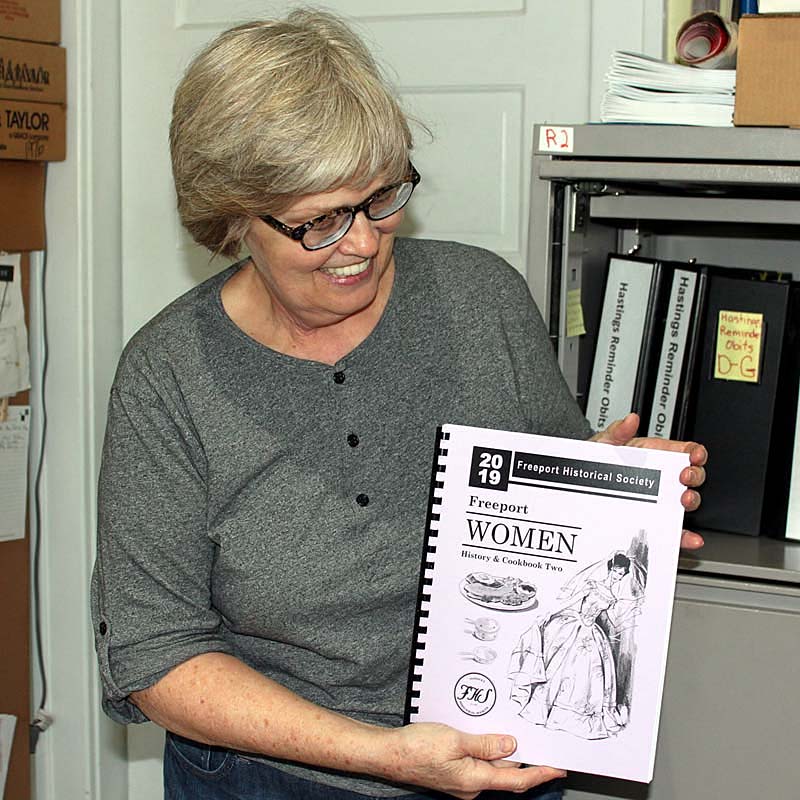 Both levels of the two-story museum behind the Freeport Post Office hold parts of someone’s life in an earlier time, some serious, some not serious, just like today.
Both levels of the two-story museum behind the Freeport Post Office hold parts of someone’s life in an earlier time, some serious, some not serious, just like today.
What your early relatives used in their daily lives are just memories now, except at the museum where they are treasured and preserved. The names of some of their tools are trivia questions, known only by a few elders.
The people who work to keep the memories and history of Freeport from fading away, the Freeport Historical Society, was founded in 1998. The museum came to its present location in 1999, when the Masonic Lodge moved to Middleville and the two-story building built in 1926 was put up for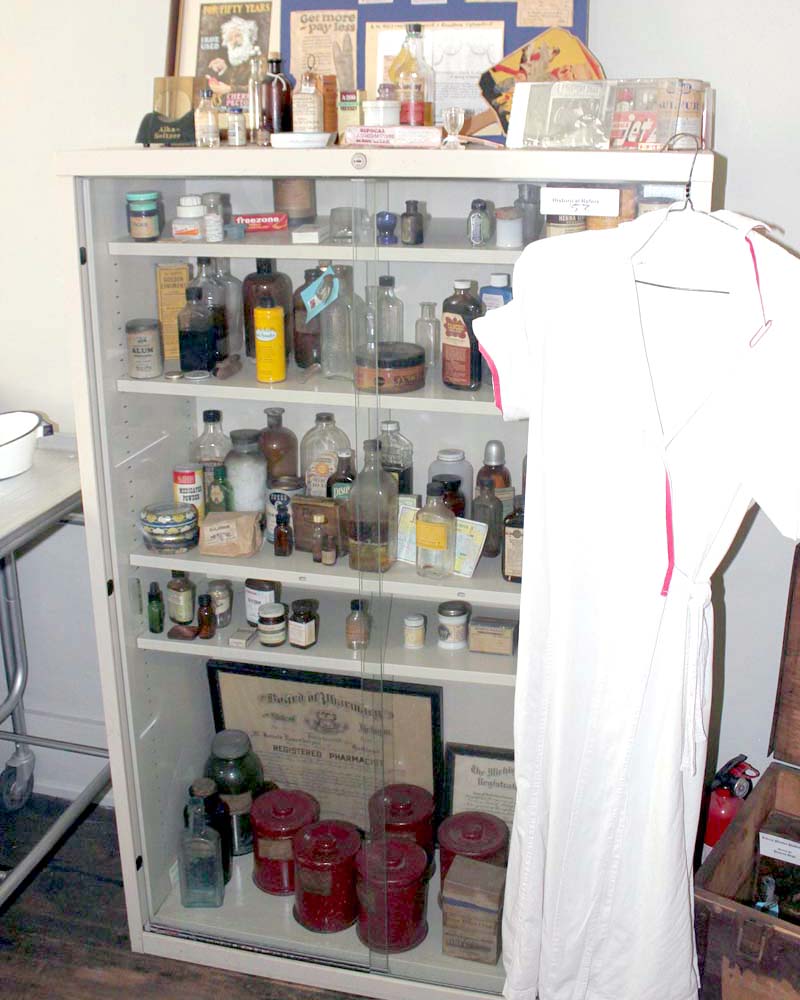 sale with the price tag of $4,000.
sale with the price tag of $4,000.
They didn’t have the money, but Allie Smith who was involved with the museum until her death in 2013 and an honorary lifetime member of the museum, wrote a check for $4,000 and the Freeport Museum had its home.
 A two-week community garage sale of donated items was held in the new headquarters soon after, adding to their treasury. The first sale was a pair of old skates, founding member Colleen Smelker remembers.
A two-week community garage sale of donated items was held in the new headquarters soon after, adding to their treasury. The first sale was a pair of old skates, founding member Colleen Smelker remembers.
“Donations to the museum were exceptional. With a death in the family, no one knew what to do with things…they don’t want to throw them away, so they give them to us, which adds to our history of Freeport,” she said.
Smelker credits Delores Dipp with being the one who got the museum off the ground; she organized a “dump dig,” finding bottles and other relics. “She put something in the paper every week asking people to join and pretty soon they did.”
pretty soon they did.”
In 2008, volunteers started compiling obituaries from 1945 and are current to now.
Sherry Graham, “the best thing to happen to the museum,” joined the museum in 2010, Smelker said.
 Graham is super organized and has shown a talent to catalogue and inventory items and is now computerizing records. The on-going, up-to-date inventory tells who donated the item, its category and location in the museum. “We have catalogued all area cemeteries, and have business records of early Freeport businesses,” she said.
Graham is super organized and has shown a talent to catalogue and inventory items and is now computerizing records. The on-going, up-to-date inventory tells who donated the item, its category and location in the museum. “We have catalogued all area cemeteries, and have business records of early Freeport businesses,” she said.
The members took on significant projects, including unique fund raisers that were popular. The fund raisers all have one thing in common; they are not things associated with a stuffy group guarding the archives. Smelker came up with the idea of competitive hay bale rolling for a Freeport Homecoming activity; they have held barn sales, soup suppers, box socials and cake walks, 5K runs, an antique appraisal fair and at some 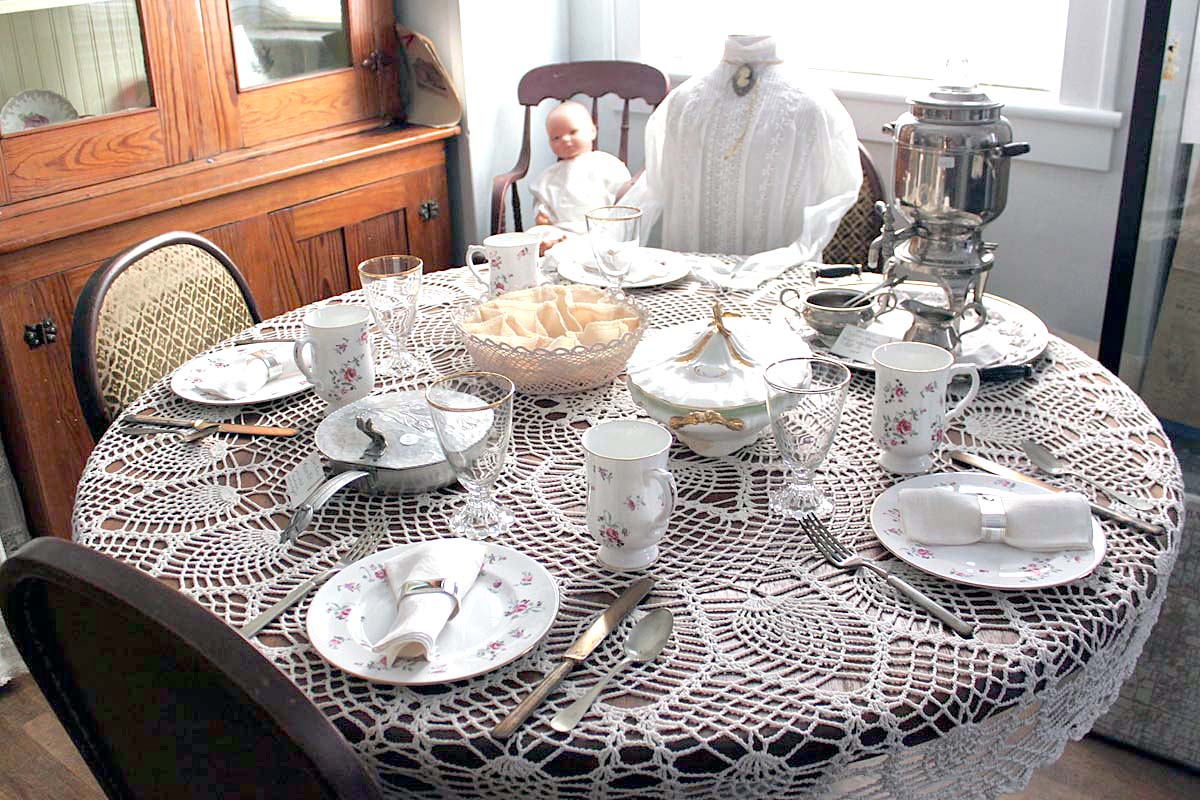 significant occasions, post cards with special cancellation stamps from the U.S. Post Office.
significant occasions, post cards with special cancellation stamps from the U.S. Post Office.
The most popular effort so far is a 2018 compilation of 100 Women of Freeport, with biographies, photos and the woman’s favorite recipe. The first edition sold 350 copies, the 2019 issue of Freeport Women History & Cookbook is just back from the printers and for sale at the museum.
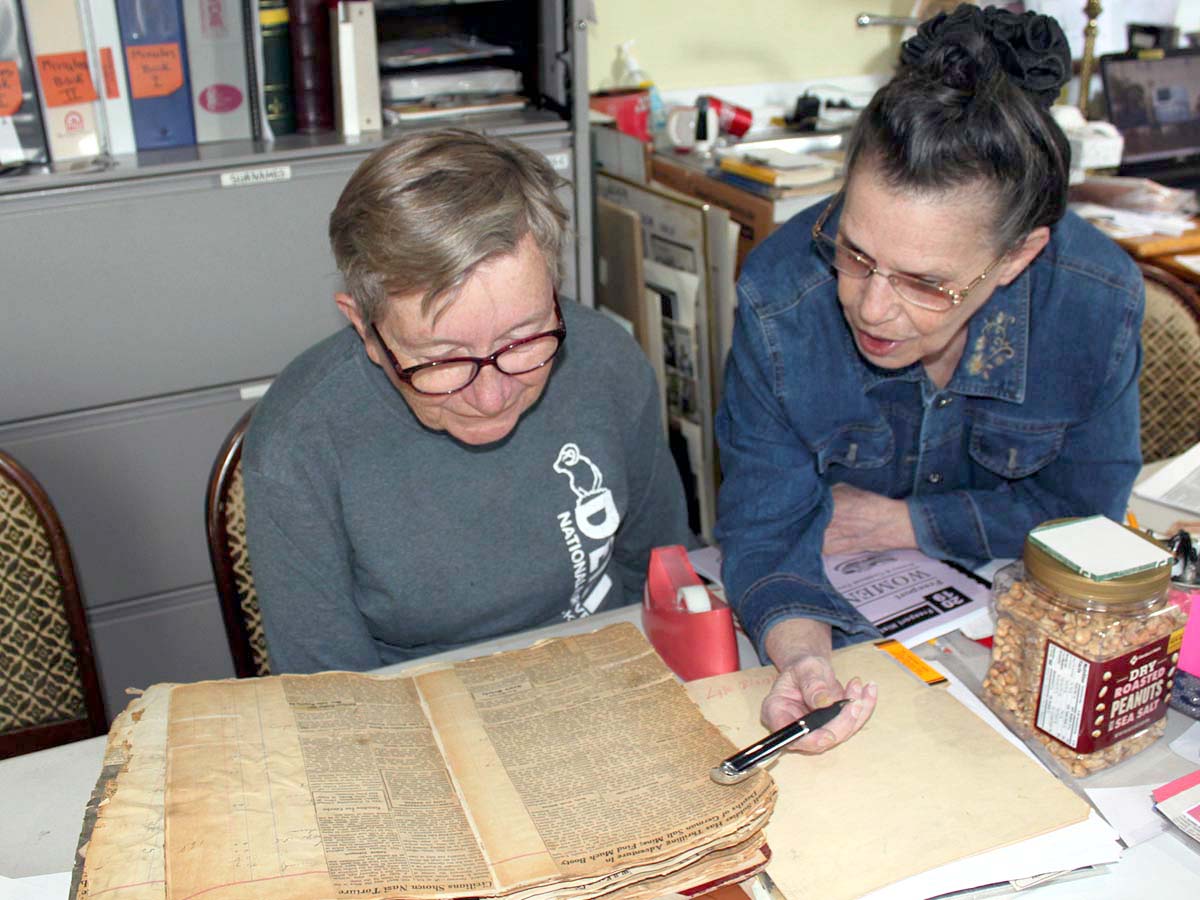 The idea to highlight Freeport’s women of the past came from Smelker who was aghast to find in Freeport’s history of its women, they were identified only by who their husbands were in their obituaries. “They didn’t even give the ladies first names.”
The idea to highlight Freeport’s women of the past came from Smelker who was aghast to find in Freeport’s history of its women, they were identified only by who their husbands were in their obituaries. “They didn’t even give the ladies first names.”
The second volume on the ladies was timed to coincide with the 19th amendment to the Constitution passed by Congress June 4, 1919, that gave women the right to vote.
“Many women protested, picketed, and were threatened, beaten and imprisoned and some even tortured to secure their constitutional right to vote.
tortured to secure their constitutional right to vote.
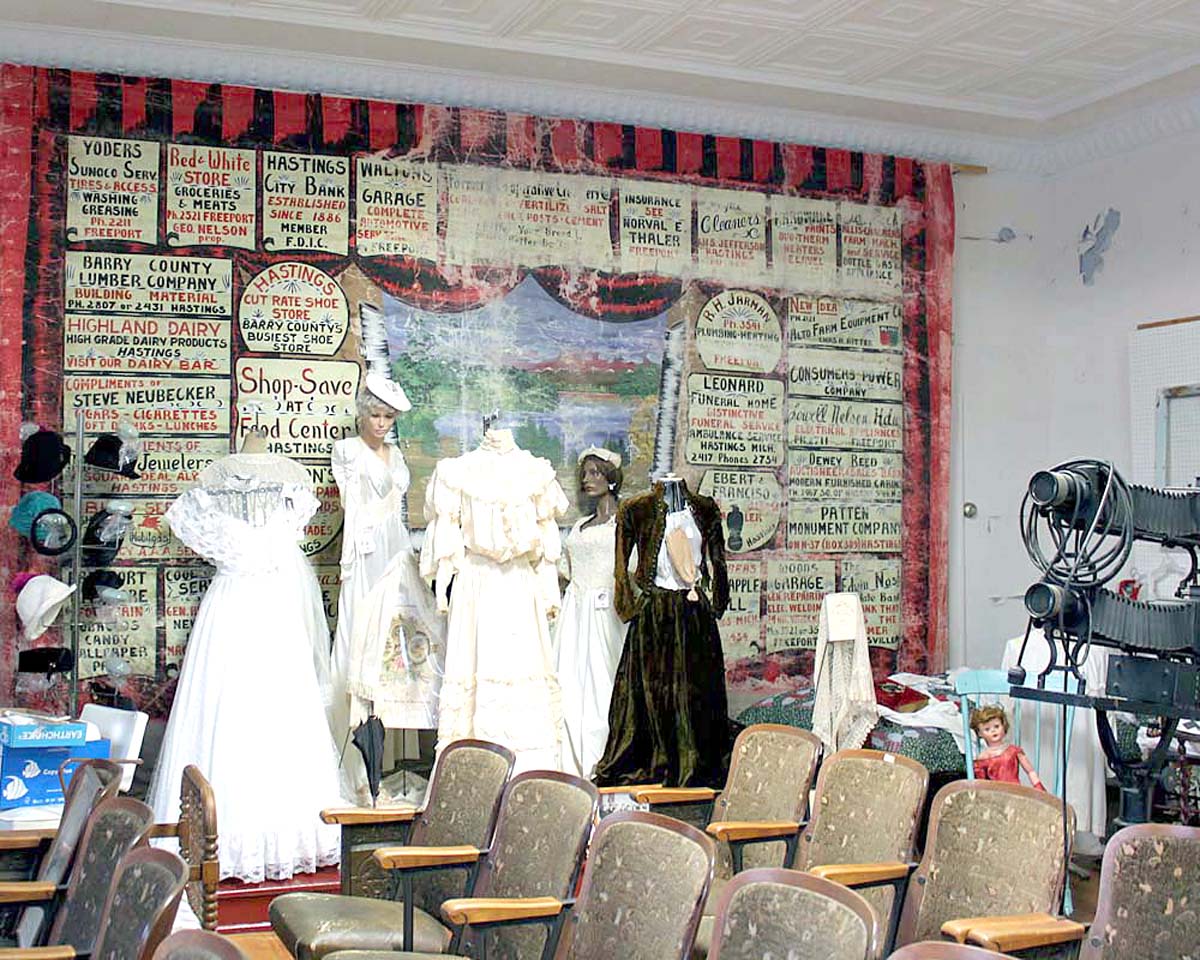 “Today only 19.6 percent of elected officials in Congress are women and during the 2016 presidential election, one in every three women eligible to vote did not cast a ballot,” she said.
“Today only 19.6 percent of elected officials in Congress are women and during the 2016 presidential election, one in every three women eligible to vote did not cast a ballot,” she said.
The plan is for a Ladies Tea at the Community Center Aug. 26 in Freeport to mark the momentous event after the amendment was ratified by all the states and signed 100 years ago..jpg)
All ladies, groups or individuals, are welcome for an hour or two of fun, cookies and cake at a casual, fun event with lots of chit-chat, fellowship, door prizes and perhaps stories about their 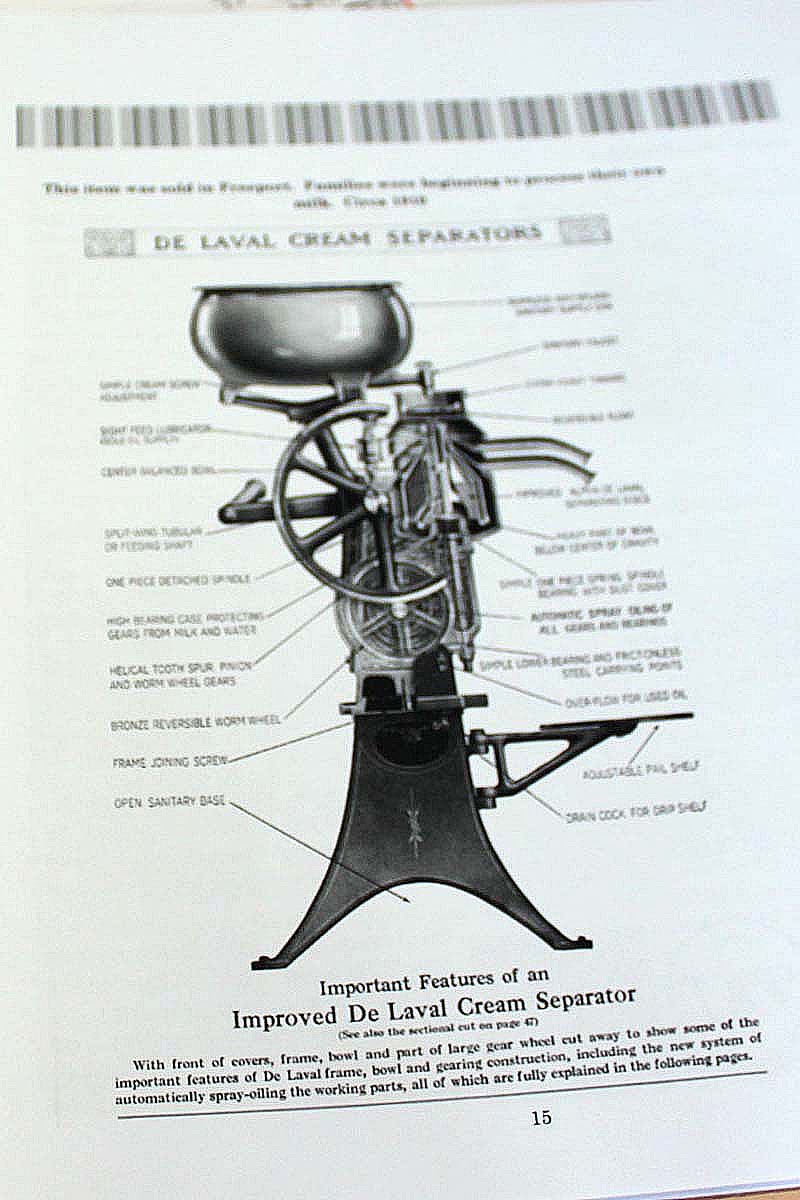 grandmothers voting for the first time. A surprise speaker from history may be there as well at the free event, Smelker said.
grandmothers voting for the first time. A surprise speaker from history may be there as well at the free event, Smelker said.
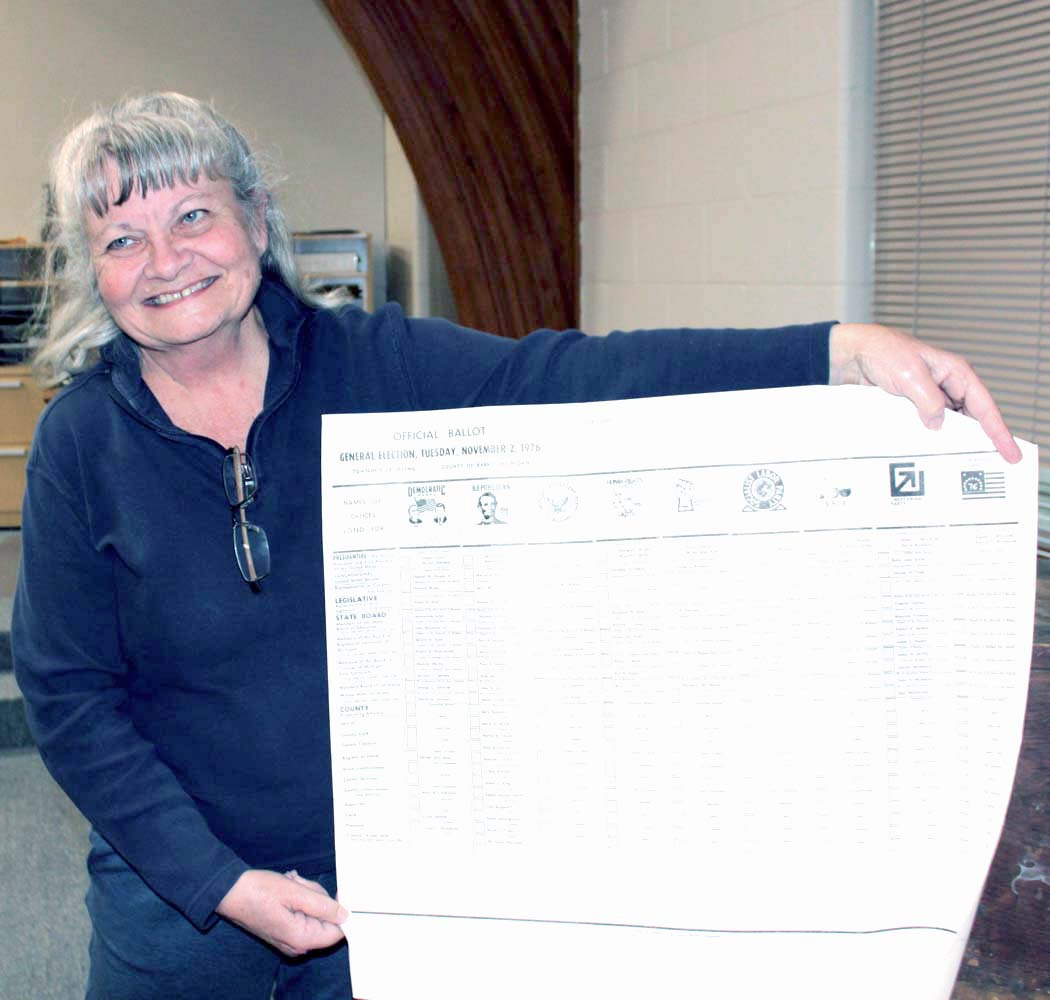 Next, they plan to similar issue on 100 men from Freeport’s history, minus the recipes, she said with a smile.
Next, they plan to similar issue on 100 men from Freeport’s history, minus the recipes, she said with a smile.
Officers of the FHS are President Jon Smelker, Vice President Sherry Graham, Secretary Colleen Smelker, Treasurer Sue Thaler and Deputy Treasurer Chris Geiger. Gary Thaler, Bill Dipp and Jan Doyle make up the Board of Directors.
Photos: (left, top down)
The Freeport Museum logo.
Colleen Smelker displays the 2019 Freeport Women History and Cookbook, now for sale.
Margaret “Barney” Barnum was featured in this year’s issue of Freeport Women History & Cookbook.
(from left, around the table) Karen Pennington, Jan Doyle, Karren Webb, Chris Geiger, Colleen Smelker and Tim Miner at work at the museum’s regular Wednesday work bee.
Jan Doyle (left) and Karren Webb inspect historical records at the museum.
On the second floor, the projector and seats from the Bonton Theater in early Freeport are placed in front of dresses of the day and the names of Freeport and Hastings businesses.
Households with a carpet needed a way to clean it, so the carpet beater, center.
Sherry Graham displays a 1976 election ballot recently donated to the museum.
(right, from top down) Dr. Peckham’s Croup Remedy, sold by Q.A Hynes, the druggist, “never fails to give satisfaction.” The little girl may, or may not have, been treated with the remedy.
Doctors of the day made house calls and dispensed a limited number of medicines.
Before television and computers, newspapers and the family radio were sources of entertainment and news in the home. Programs like Jack Armstrong, the All American Boy and Sky King were staples for children.
If the family could afford a set of fine china, this is what the table may have looked like for special occasion. The table cover would have been crocheted by a female member of the family.
Freeport School graduates from the 1920’s to 1961 are right inside the entrance of the museum.
Anyone who had to clean a DeLaval Cream Separator never forgets it.














